Kitty tetra - Hyphessobrycon heliacus
Scientific name: Hyphessobrycon heliacus
Common name: Kitty tetra
Family: Characidae
Usual size in fish tanks: 2 - 3 cm (0.79 - 1.18 inch)
014
Recommended pH range: 6.4 - 7
Recommended water hardness: 1 - 13°N (17.86 - 232.14ppm)
0°C 32°F30°C 86°F
Recommended temperature range: 23 - 27 °C (73.4 - 80.6°F)
The way how these fish reproduce: Spawning
Where the species comes from: South America
Temperament to its own species: peaceful
Temperament toward other fish species: peaceful
Usual place in the tank: Top levels
Food and Feeding
The Kitty Tetra is not a picky eater and can thrive on a diet of high-quality flake food or pellets. However, to keep them in optimal health and bring out their vibrant colors, it’s important to supplement their diet with occasional treats. Offer live or frozen foods such as daphnia, bloodworms, and brine shrimp a couple of times per week. This will provide a balanced diet, helping to mimic their natural feeding patterns in the wild.
Origin
Kitty Tetras originate from the Rio Xingu in Brazil, South America. This river is known for its fast-moving, clear waters and rich biodiversity, making it a perfect natural habitat for a wide range of fish species, including the Kitty Tetra. In the wild, they inhabit densely planted areas with plenty of hiding places, which offers protection from predators and a stable environment for breeding.
Sexing
Sexing Hyphessobrycon heliacus is relatively straightforward once the fish reach maturity. Males tend to be larger than females and display a prominent flag-like dorsal fin. Additionally, males have elongated pelvic and anal fins, which are also adorned with brighter red and orange coloration along their sides and fins. Females, in comparison, are generally smaller and plumper, especially when preparing to spawn.
Breeding
Kitty Tetras are typical egg scatterers, meaning they will release eggs randomly throughout the tank during spawning. To create ideal breeding conditions, set up a dedicated spawning tank with soft, slightly acidic water and temperatures between 24-27°C (75-81°F). Add fine-leaved plants such as Java moss or spawning mops to catch the eggs. Once the eggs have been scattered, it’s essential to remove the parents, as they may consume the eggs. The eggs typically hatch after 24-36 hours, and the fry will become free-swimming within a few days. At this stage, feed them on Infusoria, and as they grow, transition them to newly hatched brine shrimp.
Lifespan
When kept in good conditions, the expected lifespan of the Kitty Tetra is between 2 and 5 years, though some well-cared-for specimens may live longer. Factors such as water quality, diet, and stress levels play a significant role in determining their longevity.
Short Description
Kitty Tetras, scientifically known as Hyphessobrycon heliacus, are peaceful and sociable fish that thrive best when kept in small schools of at least 6 individuals. Ensure there is an equal number of males and females to observe their vibrant displays and to promote harmonious behavior. They are ideal for community tanks, getting along well with other peaceful species. Their dynamic colors and lively nature make them a standout addition to any aquarium setup.
Pictures
Bought by aqua-fish.net from jjphoto.dk.




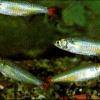 Bloodfin
Bloodfin 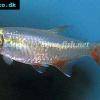 Bloodfin
Bloodfin  Panda
Panda 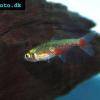 Green
Green 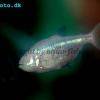 Blind
Blind  Kennedy
Kennedy 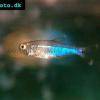 Blue
Blue 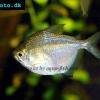 Discus
Discus 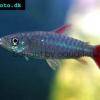 Pink
Pink 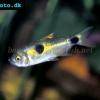 Bucktoothed
Bucktoothed 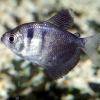 Black
Black 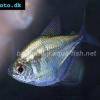 False
False 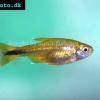 Silver
Silver  Hemigrammus
Hemigrammus 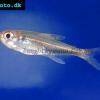 Dash-dot
Dash-dot  Rummy
Rummy 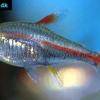 Glowlight
Glowlight 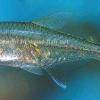 January
January 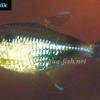 Head
Head 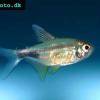 Garnet
Garnet 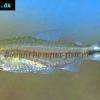 Rummy
Rummy  Gold
Gold  Red
Red 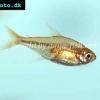 Ember
Ember 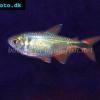 Buenos
Buenos 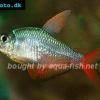 Colombian
Colombian 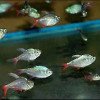 Ecuador
Ecuador  Bleeding
Bleeding 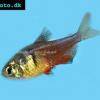 Flame
Flame 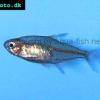 Georgett’s
Georgett’s 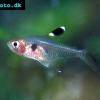 Griems
Griems 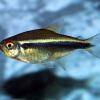 Black
Black 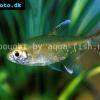 Firefin
Firefin 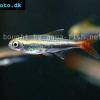 Loreto
Loreto 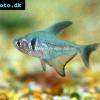 Black
Black 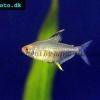 Lemon
Lemon 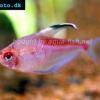 Redback
Redback 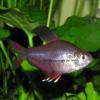 Rosy
Rosy 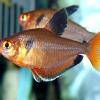 Serpae
Serpae 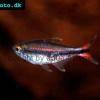 Savanna
Savanna 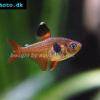 Red
Red 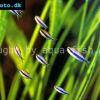 Blue
Blue 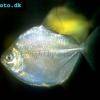 Silver
Silver 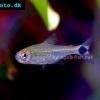 Ceros
Ceros  Napo
Napo 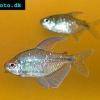 Diamond
Diamond 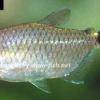 Red
Red 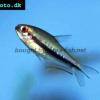 Rainbow
Rainbow 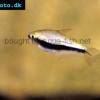 Emperor
Emperor  Cardinal
Cardinal 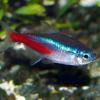 Neon
Neon 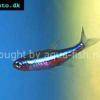 Green
Green 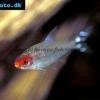 False
False  Glass
Glass 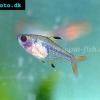 X-ray
X-ray 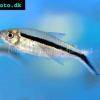 Penguin
Penguin